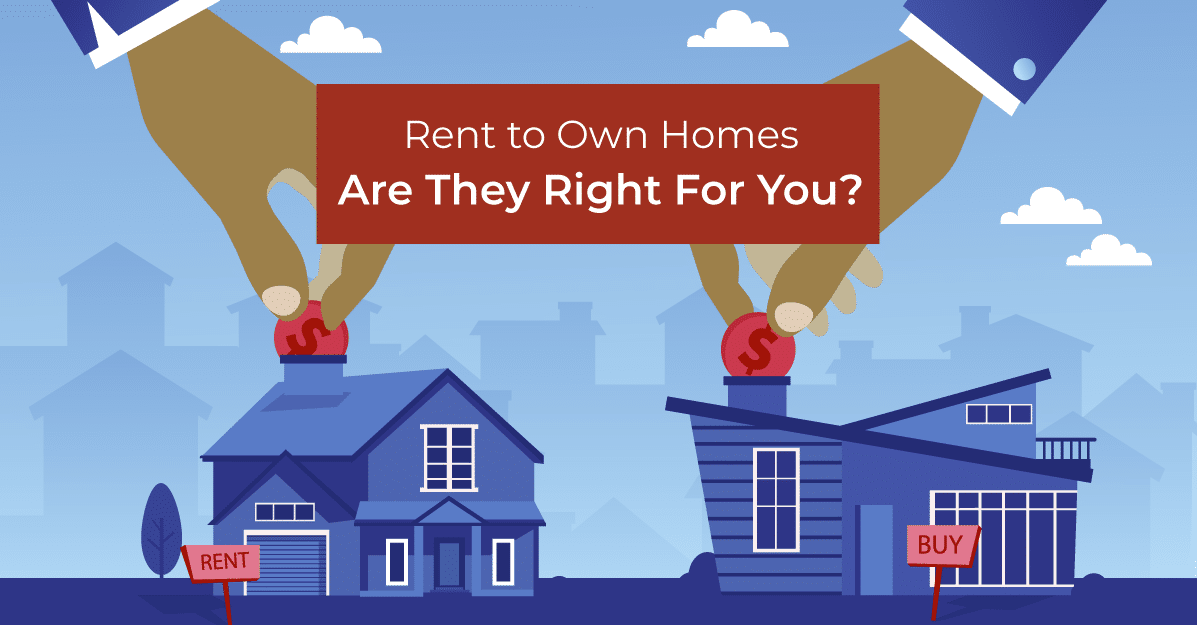Innovating your sales strategy can significantly boost your success in the dynamic world of real estate flipping. One such strategy is the rent-to-own option, a unique approach that can be particularly beneficial in today’s fluctuating markets when targeting buyers waiting to qualify for traditional financing. As a flipper, offering your property on a rent-to-own basis is the strategic edge you need, potentially leading to higher profits and a steady income stream.
Explore with Flip Squad how best to do this while understanding the associated risks and benefits for you as the homeowner and your future tenant-turned-homebuyer.
The Rent-to-Own Strategy: An Overview
Rent-to-own, also known as a lease-purchase option, is an agreement where a tenant rents your flipped property with the option to buy it later, usually at a predetermined price. This arrangement involves two key components: the lease agreement and the purchase agreement.
Implementing Rent-to-Own for Flippers
- Market Analysis: Evaluate if your property and the local market are suitable for a rent-to-own arrangement. This strategy can be particularly effective in markets with high rental demand but where buyers need help securing immediate financing.
- Financial Consideration: Ensure you can afford to wait for the final sale of the property, as the immediate liquidity you get from a straightforward sale won’t be available.
Structuring the Deal
- Lease Term: Rent-to-own agreements typically last one to three years, giving tenants time to build credit or save for a down payment.
- Purchase Price: Determine the sale price in the contract. You might set a current market price or predict future value, but remember, market fluctuations can impact this decision.
- Rent Premium: Part of the rent typically goes towards the eventual purchase of the property. This amount is above the standard rental rate and acts as a credit for the tenant-buyer.
- Option Fee: The tenant pays an upfront, non-refundable option fee, usually a percentage of the home’s price, credited towards the purchase price if they buy the home.
Legal and Financial Consultation
- Professional Advice: Engage a real estate attorney to draft or review the contract to ensure it’s legally sound and protects your interests.
- Understanding Obligations: Familiarize yourself with landlord-tenant laws in your state, as you’ll be a landlord until the property is sold.
Finding the Right Tenant-Buyer
- Marketing: Advertise the property, highlighting the rent-to-own aspect. Target demographics might include first-time homebuyers or individuals rebuilding credit.
- Screening: Conduct thorough background and credit checks. Remember, you’re looking for someone who will likely be able to purchase the property at the end of the lease.
Finalizing the Agreement
- Transparent Communication: Ensure all parties understand the terms, including the renter’s rights and obligations and what happens if they choose not to buy.
- Maintenance and Repairs: Define who is responsible for property maintenance and repairs during the rental period in the agreement.
Risks and Benefits

For Flippers/Homeowners:
Benefits:
- Continued Income: The rental period provides a steady income stream, which is beneficial if the market isn’t favorable for an immediate sale.
- Potential for Higher Profits: You might secure a higher sale price than an immediate sale, especially if the market appreciates.
- Quality Tenants: Tenants interested in eventual ownership are often more committed to maintaining the property while reducing turnover costs and vacancy periods.
Risks:
- Delayed Lump Sum Payment: If immediate cash from the property sale is needed, this method ties up your capital.
- Market Risks: If the property’s market value significantly increases, you might miss out on potential profits since the sale price is typically locked in.
- Tenant Doesn’t Buy: If the tenant chooses not to buy, you must restart the selling process or keep it as a rental.
For Tenants/Potential Homeowners:
Benefits:
- Path to Homeownership: For those rebuilding credit or saving for a down payment, rent-to-own offers a structured path to homeownership.
- Price Security: Locking in a purchase price can be advantageous in a rising market.
- Trial Period: Living in a home before buying provides a unique opportunity to test the property and neighborhood.
Risks:
- Loss of Option Fees and Rent Premiums: If the tenant decides not to buy the property, these additional investments are not recoverable.
- Loss of Equity: Until the purchase is finalized, the tenant doesn’t build any equity in the home.
- Market Value Decline: If the home’s value decreases, the tenant might be locked into an overpriced purchase.
For real estate flippers, offering a rent-to-own option can open up your property to a broader market, potentially leading to higher profits and a steady income stream. However, it requires careful planning, a clear understanding of the financial implications, and a willingness to take on the responsibilities of a landlord. For tenants, it offers a unique opportunity to transition from renting to owning, but it comes with risks, particularly if the option to buy needs to be exercised. Both parties should enter into a rent-to-own agreement with open eyes, fully aware of the benefits and pitfalls, and with all terms laid out clearly in a legally binding contract.
Thanks to Flip Squad‘s innovative new app, finding lucrative deals just got easier. Aimed at investors and home buyers, this cutting-edge platform redefines how deals are discovered and executed in the residential real estate market. Don’t take unnecessary risks by missing out on the next big deal!

